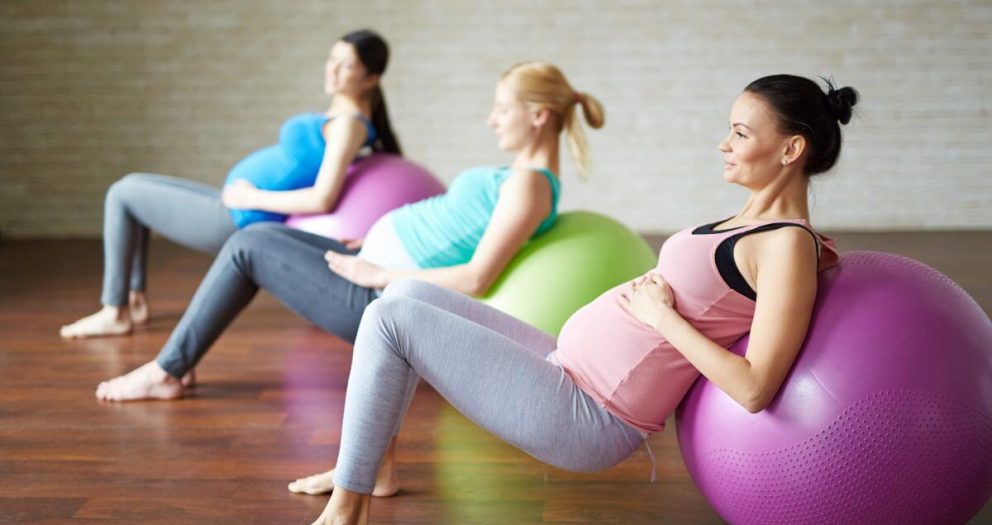The internet provides a whole host of tutorials, instructions and courses on exercises to strengthen the pelvic floor, especially pilates and yoga. But are we really sure they are always the right answer?
Dr Mirella Tess, owner of PelvicArt, a Vicenza-based practice specialising in Incontinence Rehabilitation and Adaptive Exercise spoke to us about her experience in this field and the results that can be obtained with the right exercises. Because doing a little or a lot of exercise is not enough to eliminate the risk of muscle deterioration, as a matter of fact, “very often exercises not specifically gauged on personal needs cause more harm than good.”
But what do you mean? What about yoga? And pilates? “They would be fine if we were followed individually, because it is unlikely that the same sequence of exercises can be appropriate for 20 people with different problems; in addition, talking about certain problems like uterine prolapse and urinary incontinence in a normal gym is a taboo”.
This is the philosophy behind hypopressive abdominal exercise courses “it activates the pelvic floor by involving the diaphragm and the abdominal muscles, avoiding putting further pressure on the lower abdomen, as is usually the case.”
But that’s not all: intense physical exercise, especially in young girls who have not had a pregnancy yet can actually result in a hypertonic muscle that is “so stiff and tense that it causes pain, which gets even worse when defecating or during sexual intercourse. In order to be healthy our muscles must be flexible, they have to be able to contract, relax and stretch. Unfortunately, amongst these subjects there is a high incidence of Caesarean sections, precisely because they have difficulties relaxing the muscles.”
The use of pessary
So, from the age of forty, it is best to combine the use of a pessary (a medical device that is useful in cases of uterine prolapse and incontinence) with Adaptive Exercise? “Yes, exactly!”. And the matter does not concern women alone “Common prostate problems or, in the most severe cases, rehabilitation after a malignant tumour, mean that men are increasingly interested in this kind of exercise for pelvic rehabilitation”.
Never too late
What if I am too old? “It’s never too late. Of course, under 50 years of age, with 10-12 sessions over a period of three months, it is possible to achieve excellent results or even total rehabilitation, because muscles have a good exercise memory and it eventually becomes automatic. Later, from the age of 60, the time required for recovery become increasingly lengthy and the results are increasingly less satisfactory.” However, even at 60 or 70 years of age, very good results can be obtained in just a few months, without surgery and without having to rely on life-long medication.”
On this matter, Mirella concluded “For the final exam on my PhD thesis that I am about to sit, I will be presenting the results obtained from a small sample of patients: without resorting to surgery and medication, with hypopressive abdominal exercise and use of a pessary alone they reacquired a good quality of life and an almost complete resolution of their symptoms. So, why operate?”.







